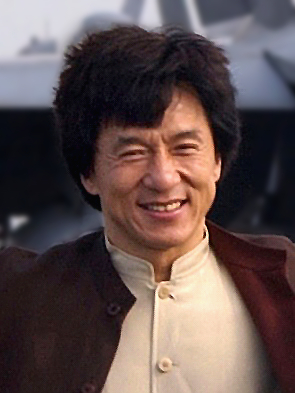Module 7 (
8.Describe the history of perfumes. When and where were the perfumes first used? ) :
''Per Fumus''The word perfume used today derives from the Latin "per fumus", meaning through smoke. Perfumery, or the art of making perfumes, began in ancient Mesopotamia and Egypt and was further refined by the Romans and Persians.
Although perfume and perfumery also existed in India, much of its fragrances are incense based. The earliest distillation of Attar was mentioned in the Hindu Ayurvedic text Charaka Samhita. The Harshacharita, written in 7th century A.D. in Northern India mentions use of fragrant agarwood oil.
The world's first recorded chemist is considered to be a woman named Tapputi, a perfume maker who was mentioned in a cuneiform tablet from the second millennium BC in Mesopotamia. She distilled flowers, oil, and calamus with other aromatics then filtered and put them back in the still several times.
was mentioned in a cuneiform tablet from the second millennium BC in Mesopotamia. She distilled flowers, oil, and calamus with other aromatics then filtered and put them back in the still several times.
Recently, archaeologists have uncovered what are believed to be the world's oldest perfumes in Pyrgos, Cyprus. The perfumes date back more than 4,000 years. The perfumes were discovered in an ancient perfumery. At least 60 stills, mixing bowls, funnels and perfume bottles were found in the 43,000-square-foot (4,000 m2) factory. In ancient times people used herbs and spices, like almond, coriander, myrtle, conifer resin, bergamot, as well as flowers.
The Arabian chemist, Al-Kindi (Alkindus), wrote in the 9th century a book on perfumes which he named Book of the Chemistry of Perfume and Distillations. It contained more than a hundred recipes for fragrant oils, salves, aromatic waters and substitutes or imitations of costly drugs. The book also described 107 methods and recipes for perfume-making and perfume making equipment, such as the alembic (which still bears its Arabic name).
The Persian Muslim doctor and chemist Avicenna (also known as Ibn Sina) introduced the process of extracting oils from flowers by means of distillation, the procedure most commonly used today. He first experimented with the rose. Until his discovery, liquid perfumes were mixtures of oil and crushed herbs or petals, which made a strong blend. Rose water was more delicate, and immediately became popular. Both of the raw ingredients and distillation technology significantly influenced western perfumery and scientific developments, particularly chemistry.
The art of perfumery was known in western Europe ever since the 1221 if we consider the monks'recipes of Santa Maria delle Vigne or Santa Maria Novella of Florence, Italy. In the east, the Hungarians produced in 1370 a perfume made of scented oils blended in an alcohol solution at the command of Queen Elizabeth of Hungary and was known throughout Europe as Hungary Water. The art of perfumery prospered in Renaissance Italy, and in the 16th century, Italian refinements were taken to France by Catherine de' Medici's personal perfumer, Rene le Florentin or "Renato il fiorentino". His laboratory was connected with her apartments by a secret passageway, so that no formulas could be stolen en route. Thanks to Rene, France quickly became one of the European centers of perfume and cosmetic manufacture. Cultivation of flowers for their perfume essence, which had begun in the 14th century, grew into a major industry in the south of France. Between the 16th and 17th century, perfumes were used primarily by the wealthy to mask body odors resulting from infrequent bathing. Partly due to this patronage, the perfumery industry was created. In Germany, Italian barber Giovanni Paolo Feminis created a perfume water called Aqua Admirabilis, today best known as eau de cologne, while his nephew Giovanni Maria Farina in 1732 took over the business. By the 18th century, aromatic plants were being grown in the Grasse region of France, in Sicily, and in Calabria, Italy to provide the growing perfume industry with raw materials. Even today, Italy and France remain the centre of the European perfume design and trade.















